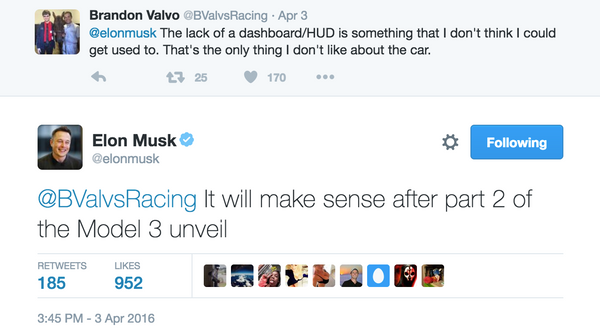Regarding the width of HUD have a look at this. It also overcomes the issue of polarized sunglasses that comes up often as another negative of a HUD.
DLP HUD has already been quoted in this forum a few times. Again, it is expensive and has not been used in any production car despite its claimed advantages. So would Tesla bet their entire Model 3 production line on one supplier (Texas Instrument)?
And the photo on that page is misleading. TI's DLP HUD maximum coverage is 12 degree angle of view - that's approx equal to a 200mm telephoto lens. And that's much smaller coverage area than the HUD graphics in that photo would suggest.



